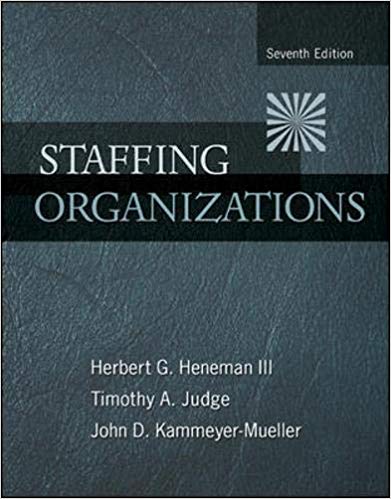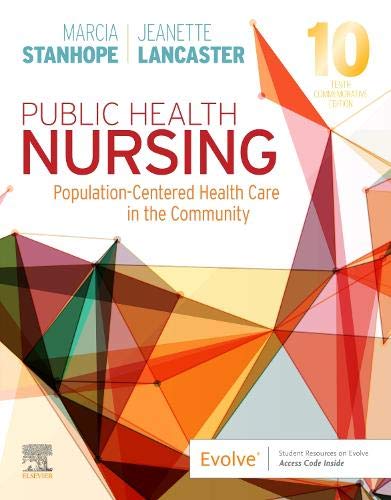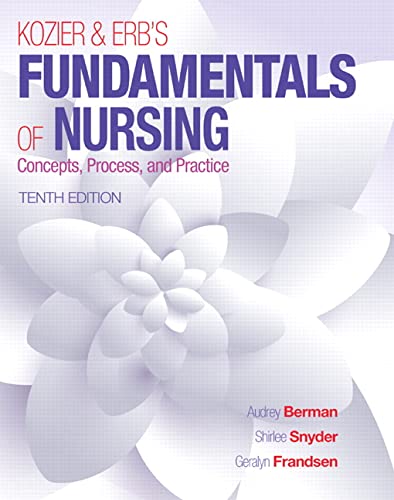Stars and Galaxies 9th Edition by Seeds – Test Bank
Chapter_05_Gravity
1
Newton’s first law of motion is essentially a restatement of Galileo’s law of inertia.
True
False
2
Aristotle believed that objects falling to the ground fall at a constant rate of speed.
True
False
3
Galileo believed that motion stops in the absence of a force.
True
False
4
Newtonian gravity is often called universal mutual gravitation because every particle with mass in the Universe must attract every other particle.
True
False
5
Changing the direction of a moving body does not impact its velocity.
True
False
6
The escape velocity at a given distance from a planet is less than the circular velocity of an orbit around that planet at the same distance.
True
False
7
The Moon pulls more strongly on Earth’s near and far side than on its center.
|
True False |
||
|
8 The apparent positions of stars around the sun during an eclipse have been used to prove the general theory of relativity. True False |
||
|
9 The neap tides occur at the new moon and full moon. True False |
||
|
10 Spring tides occur during the new and full lunar phases. True False |
||
|
11 Two objects in orbit around each other orbit their common center of mass. True False |
||
|
12 Newton’s third law states that forces occur in pairs acting in the same direction. True False |
||
|
13 If an object’s velocity equals or exceeds the escape velocity, it will follow a closed parabolic or hyperbolic orbit. True False |
||
|
14 The second postulate of special relativity states that the speed of light, |
|
when measured in a vacuum, is constant for all observers. True False |
||
|
15 Special relativity states the relationship between energy and mass as. True False |
||
|
16 According to Aristotle, an object with no forces acting on it will ____. move faster and faster |
||
|
17 In contradiction to the teachings of Aristotle, Galileo found that an object with no forces (and no friction) acting on it will ____. move faster and faster |
||














Reviews
There are no reviews yet.